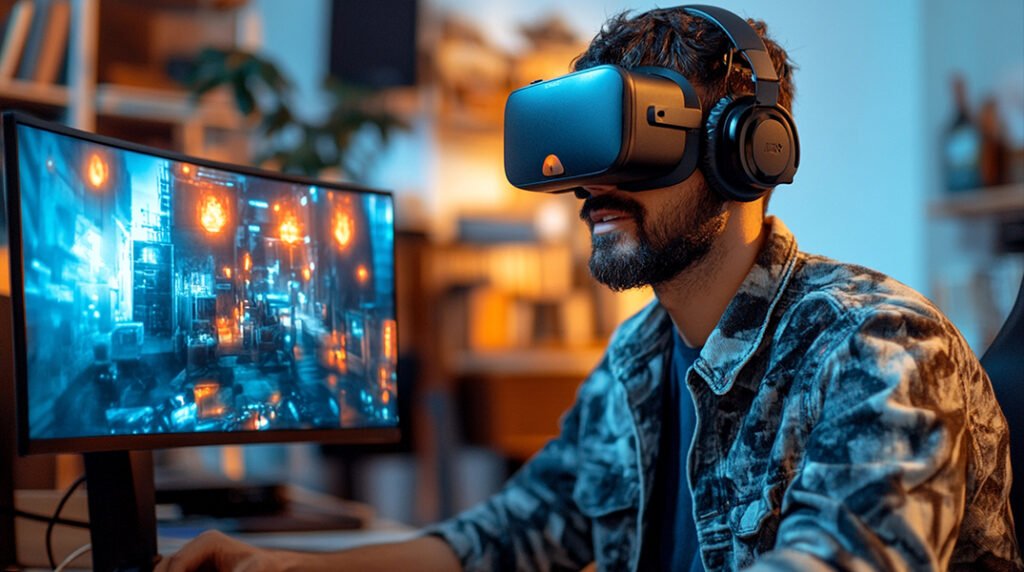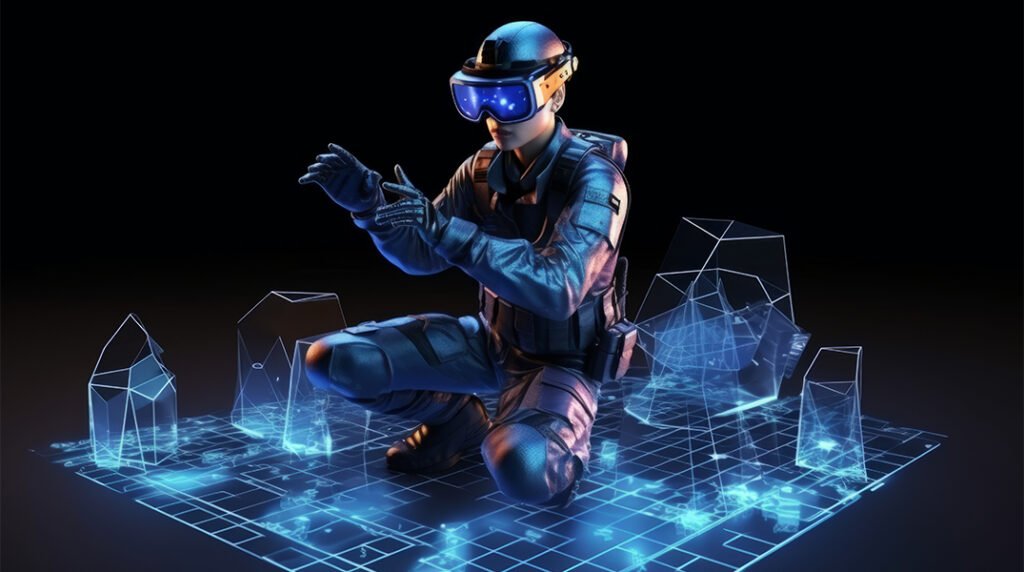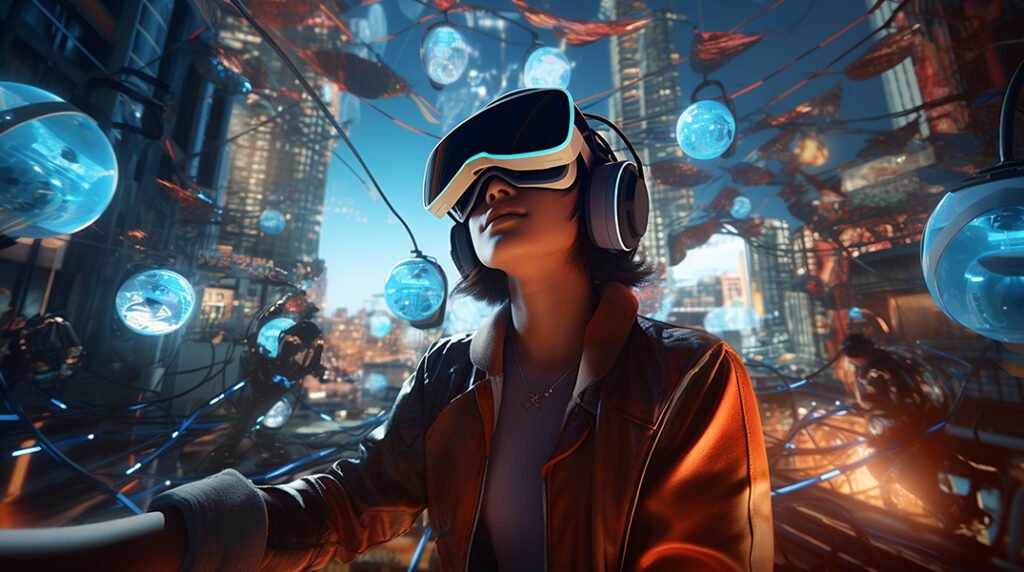In the context of the animated motion picture industry, 3D cinematic experiences have certainly grown from one level to another touching on the figurement of visuals. These visual animation enhancement paradigms which are common in movies to video games feature demanding beautified life-like characters and environmental depictions. The major leaders of this process are specified in sophisticated modeling and employing artificial intelligence tools. Together, they expand the concept of innovative and realistic 3D movies in the cinematic arena.
The Role of Detailed Modelling in 3D Cinematics
Schematic 3D modeling is a key requirement in constructing three-dimensional motion pictures. It could be the rough surface of an animatronic character's skin or the wrinkles of a garment or light that sketches out a scene. Modern software such as Blender or Maya allows animators to come up with the best models which significantly add to the movies. Such an approach is to ensure that viewers feel that they are part of what they are seeing is real.
For instance, detailed graphic visualization of facial gestures and body movements in beloved movies and computer games brings emotions that help spectators associate themselves with actors. Statista says that the Animation industry has been valued at over $270 billion in 2022, this shows the demand for better 3D animations in cinema.
The Application of Artificial Intelligence in 3D Cinema
AI has become an essential part of the 3D motion picture environment that is revolutionizing efficiency and creativity. Artificial intelligence tools are now already changing how different animations are made and how great cycles of productivity are improved. There are numerous uses as seen from the real-world application of bicycles for movement while an example of how AI is used to enhance specific tasks is in streamlining operations such as rendering and rigging for artists to achieve their creative best.
Furthermore, AI can recognize and interpret human actions and emotions in real-time which will help top up the quality of animation characters’ movements and faces. Such precision is not only efficient but is also at the edge of what is manageable within 3D cinematic animations. PwC AI Predictions 2024 revealed that out of the 2,024 organizations surveyed, 63% which adopted AI witnessed an improving trend in its revenue implication; this is a testament to the effectiveness of this technology in almost every industry including the entertainment and animation industry.
The Use of Artificial Intelligence in the Creation of Visual Effects Applied to 3D Cinematics
The use of VFX is inherent to nearly all 3D cinematographic productions and, now, AI is improving the realism of these effects. Thanks to machine-learning algorithms connected to AI, simple tasks such as water simulation in earlier industrial objectives to complex lighting effects in contemporary society are easily accomplished. This is especially so in big projects where the details are important to produce good results such as in the cinematic experience.
Future Trends in 3D Cinematics
3D cinematic animations therefore are in for the future with AI as well as detailed 3D modeling. Over time those technologies become more attached to the creative work as production time will be slashed and more pressure to make human animated features do more. This is set to evolve even further with better, seamless interactions that distort the difference between the real world and animation.
Conclusion
The combination of detailed 3D modeling and Artificial Intelligence is defining new trajectories of the 3D cinematographic landscape. The opportunities await animators and filmmakers to create more fascinating, extraordinary, and mesmerizing movies with innovative technology, fascinating tools, and techniques. As the development of both AI tools and analysis and 3D modeling continue to progress, 3D cinematic animation has never looked brighter.











